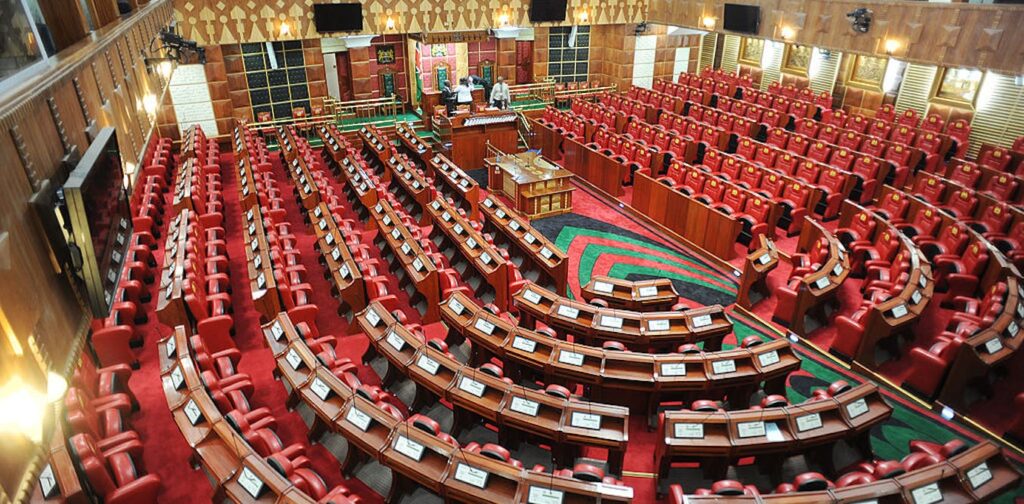High Public Debt Calls for Alarm in Kenya

Debt goes a notch higher than the approved ceiling
Kenya’s public debt has reached severe levels, levels that are way beyond what has been approved by the parliament, that is, 55% of the GDP. This is going by the figures released by the Controller of Budget (COB) for the same financial year putting todays’ debt at 67% of GDP and raising a lot of eyebrows as far as fiscal sustainability is concerned.
In accordance to the National Government Budget Implementation Review Report of the 2022/2023 current fiscal year, Kenya’s public debt stock stood at Ksh. 10.79 trillion on September 2024 and the external debt constitutes 48%, while the domestic debt constitutes 52%. This, in turn, means a 2% increase since June 2024 to add more pressure to the country’s finances.
Out of all the revenues generated, the major portion is used to service debts.
Today the report revealed established that nearly 70 percent of every shilling collected as government revenue, ends up servicing debts. Such payments are considered more important than the other expenditure, hence few resources are available for development and service delivery.

Chronological Analysis of the Debt Ceiling
Parliament in June last year endorsed the new public debt management framework that sought to replace the Ksh.10 trillion cap with the new debt anchor of 55 percent of GDP. Nevertheless, the government has already crossed this limit by 12%, which testifies to the fast velocity of borrowing activity.
Structural Affair and Governance Problem
When discussing the increasing debt, Dr. Nyakang’o called for remedial action and laser sharpened on wastage, corruption, and inefficiency in the manner funds are utilised. Originally, a more radical shift in the processes has been addressed by means of launching the E-Citizen platform which contributes to minimizing some inefficiencies though more thorough reforms are necessary to interrupt the vicious circle of borrowing.
. The Significant of transparency when Making an agreement on Debt.
The High Court has directed the government to make all the debt obligation and sovereign bonds and expenditure breakup for the period public within 45 days. This ruling comes at the backdrop of heightened controversies with so-called “odious debt” – non-concessional international sovereign debts whose utilization lacks demonstrable links to development projects; the public questioned accountability and development benefits to deserves credit.
Campaigning Policies under the Lens
President William Ruto, who vowed to bring down Kenya’s debt levels during his campaign, has come under fire as indebtedness surges more than two years into his presidency. The government bond market shows that public confidence in government’s management of debt has been declining.

The Path Forward
This is because a number of scholars and stakeholders put pressure on the government to take measures to rein in debt levels. Recommendations include:
Reducing wastage and corruption: Reducing extravagancy aspects like purchase of sophisticated Governmental vehicles, enhancing a stronger checks and balances system.
Fostering economic growth: Investing in ways that boost GDP gives the country a way to pay the debts in a bid to minimize the debt-to-GDP ratio.
Enhancing transparency: Including full details of debt arrangements and making sure that money borrowed is tied to worthwhile initiatives.
The amount of public debts is steadily increasing in Kenya, which surely challenges fiscal balance and the nation’s overall growth. Unless the outlined problems are addressed, the country is headed for a debt crisis with dire developmental and political consequences in the future. The government has to show commitment on fiscal discipline, transparency and governance for its general recovery and to ensure that there is sustainably good economic management.
